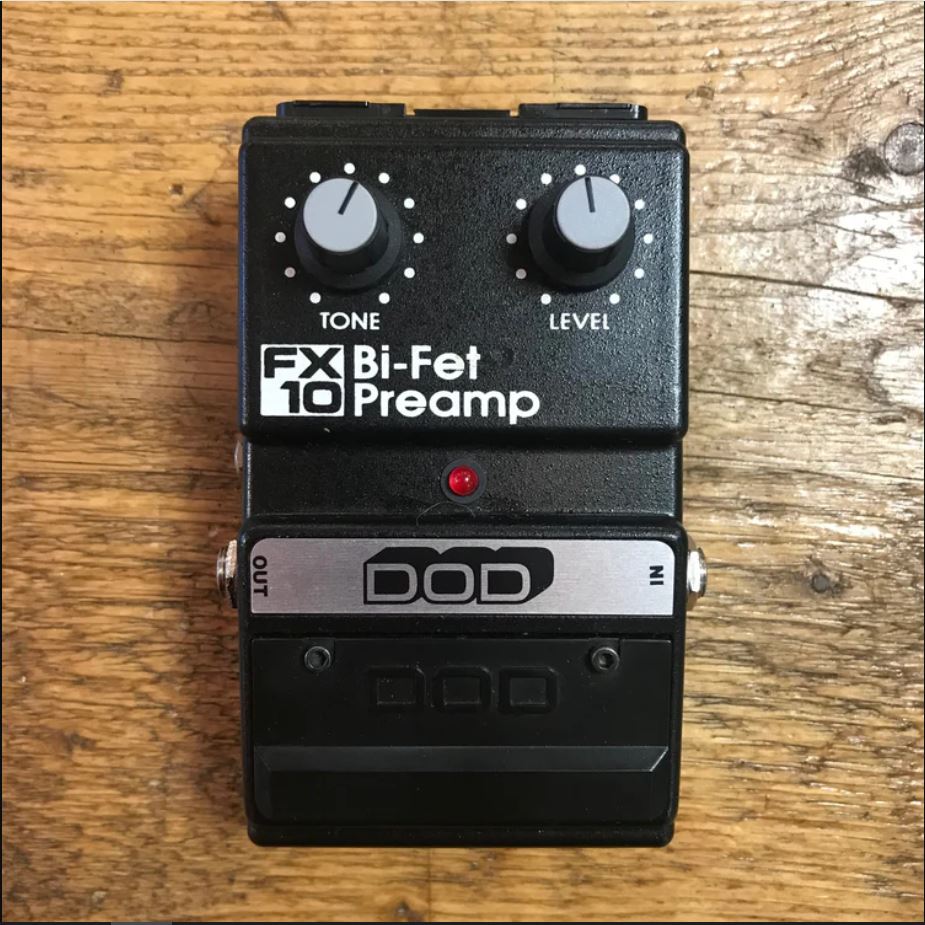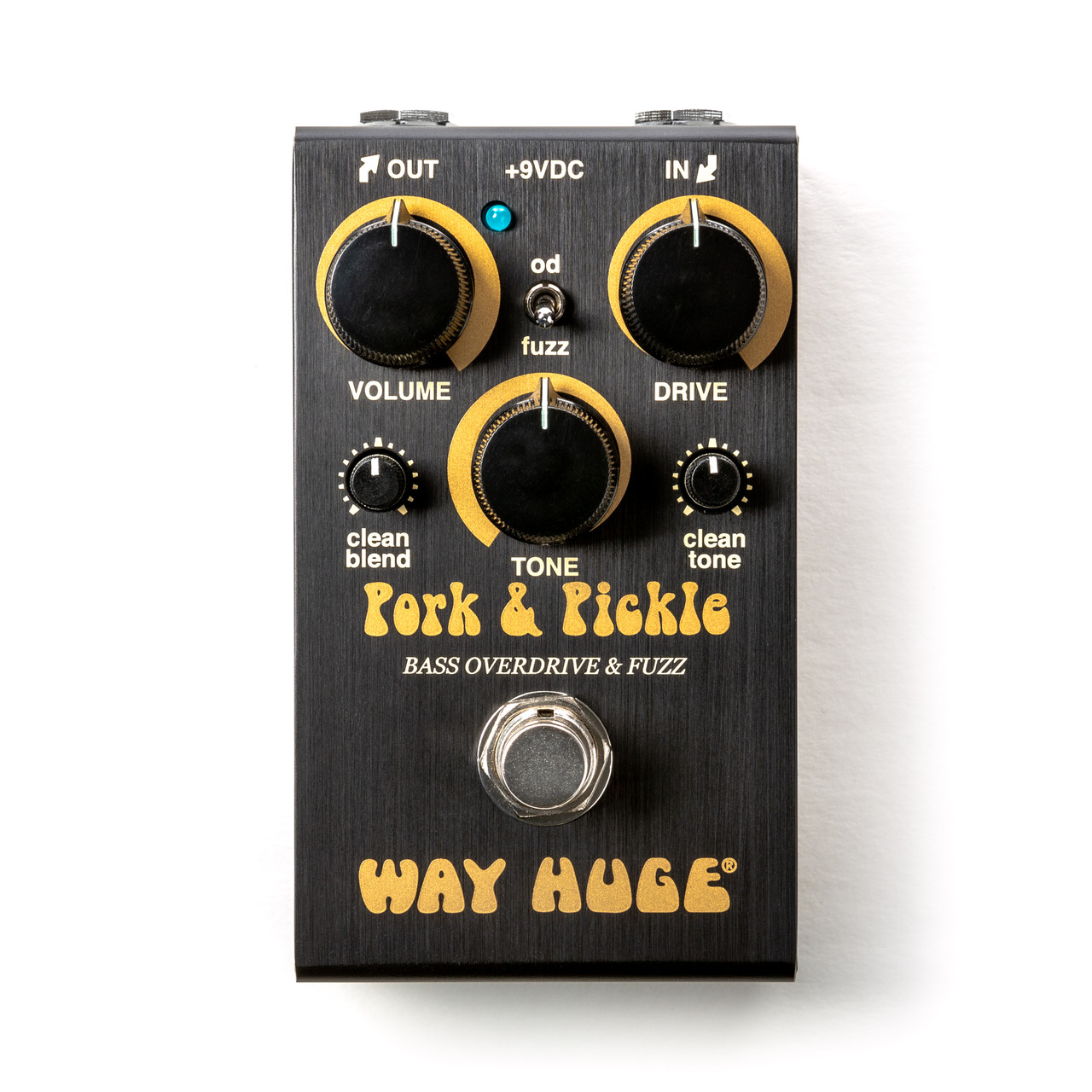Embracing Chaos, Discovering Beauty The Rainbow Machine is a polyphonic pitch-shifting modulation pedal created by EarthQuaker Devices, a company known for its bold, character-rich stompboxes. Designed by EQD founder Jamie Stillman, this pedal wasn’t built to emulate traditional effects or replicate natural sounds — it was created as an exploration of what pitch, delay, and feedback could become when intentionally bent, stretched, and warped. Released initially in 2011 and later revised in the Rainbow Machine V2, it quickly earned a reputation as a “noise-maker’s dream” and a chaos pedal. But here’s the twist: beneath the strange lies surprising musicality — and when approached with patience and intent, the Rainbow Machine reveals itself as an expressive, sometimes subtle tool, particularly on bass. Why It’s (Surprisingly) Useful for Bass Players While the Rainbow Machine might not be the first pedal that comes to mind for bassists, its lush detuning, shimmering pitch shifts, and dynamic chorus-like movement can add width, movement, and expressive layers to otherwise standard lines. It shines when: In short, it’s not just a “weird pedal” — it’s a textural tool that can range from subtle to surreal. Core Concept: Controlled Unpredictability At its heart, the Rainbow Machine is a pitch-shifter, but not in the clean, sterile sense. It’s grainy, digitally unstable, and proud of it. What makes it different is its approach to pitch: it allows for real-time, continuously modulated pitch shifts, alongside regenerating feedback loops and even self-oscillation. It’s not about precise harmony — it’s about expressive pitch movement, similar to tape warble, circuit-bent toys, or detuned tape echo. For those open to exploration, this pedal becomes less of an effect and more of an instrument. Controls: A Study in Interaction Each knob has a wide range and interacts with the others. Here’s a breakdown: Pitch Primary Secondary Tracking Magic Tone (on V2 only) Activate / Magic Footswitches Using the Rainbow Machine Musically (Not Just for Noise) While the pedal is capable of alien spaceship sounds, with careful settings it offers surprisingly usable tones: 1. Subtle Modulated Harmony 2. Faux Double-Tracking 3. Organ-like Textures 4. Textural Swells 5. Chaos as a Crescendo Where It Sits in a Signal Chain For bass, place it: Build Quality & Power Pros and Cons Pros: Cons: Conclusion: Order in Chaos The Rainbow Machine is a pedal that defies category. It’s not a pitch shifter, a chorus, or a synth — it’s all of those things and none of them, depending on how you use it. For bass players, it offers an unconventional but highly expressive voice: one that can shimmer behind a groove, detune a melody into dreamy dimensions, or explode into tonal hysteria with the stomp of a switch. At its core, the Rainbow Machine is about embracing unpredictability, but with the tools to shape and control it just enough. When balanced correctly, it becomes not a noise generator, but a compositional tool — offering the player a palette of instability, beauty, and tension. It teaches the user to play differently, to listen carefully, and to accept the unexpected. That’s why it continues to inspire, challenge, and reward those bold enough to explore its strange sonic universe.




